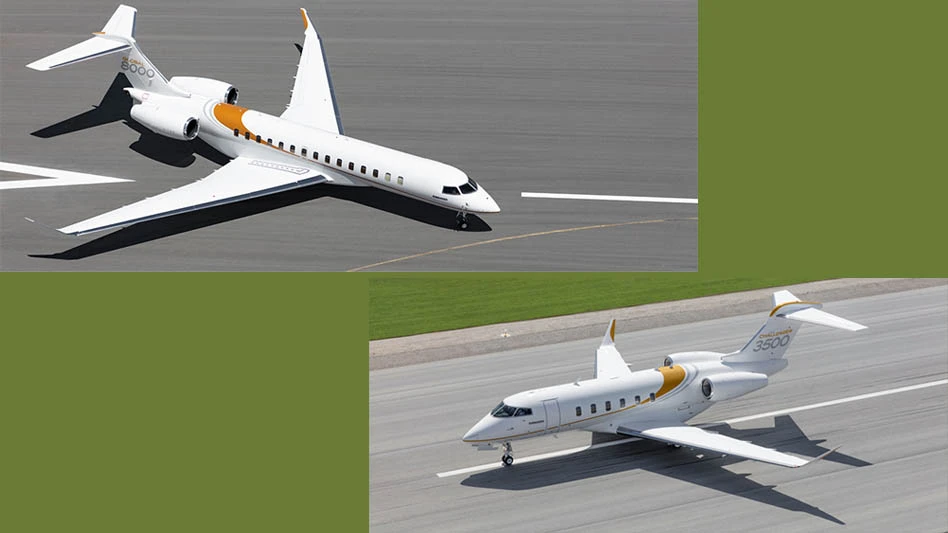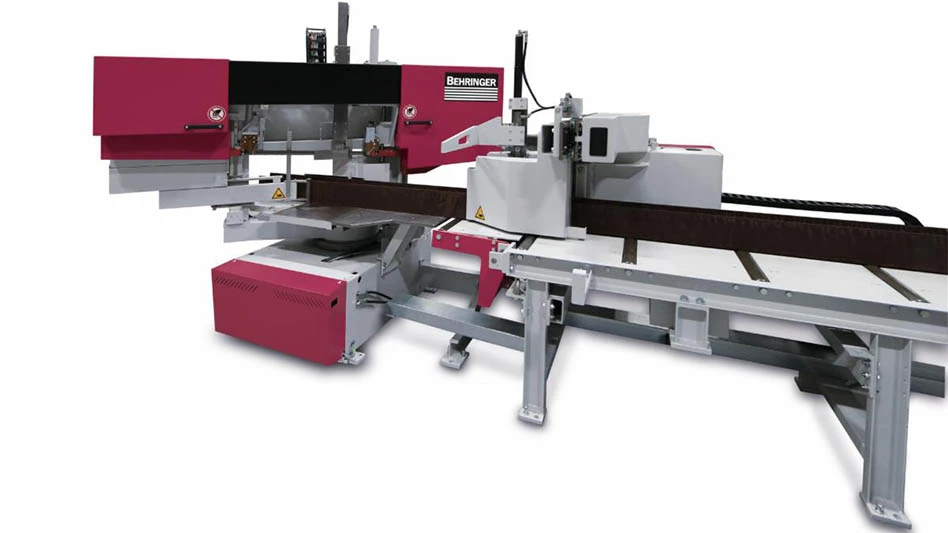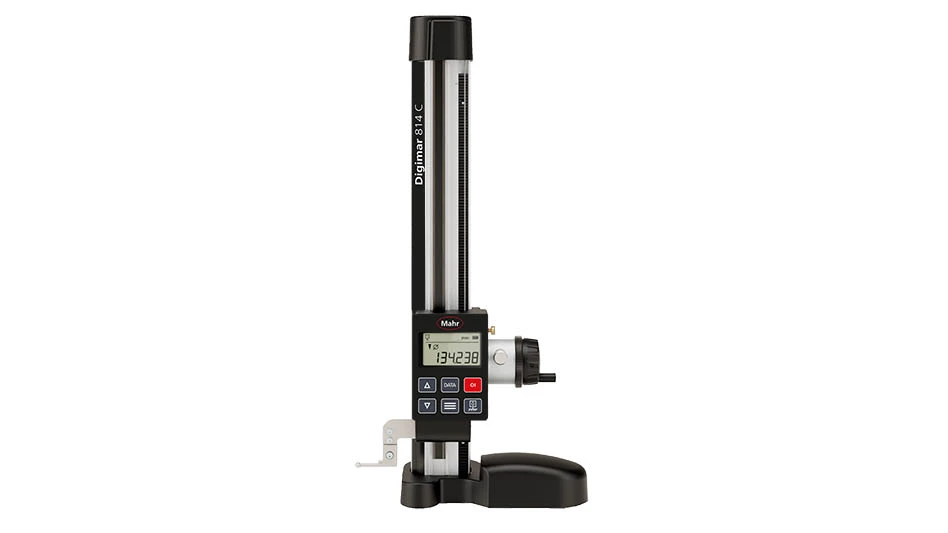
Eaton Aerospace searched for an integrator to partner with to implement improvements to their leak testing machines.
The scope of the project was to perform a hydraulic leak test; four parts or six parts at a time, on quick connect couplings used in the hydraulic control circuits aboard an aircraft. The parts had to be tested as individual halves both in a coupled and uncoupled state. The goal was to improve the testing process in the following areas:
- Real time test data gathering;
- Host connection to plant control computer for government tracking and record keeping;
- Elimination of analog gages, removing associate reading discrepancy;
- Elimination of associate visual leak inspection;
- More parts being concurrently tested to improve efficiency;
- Reduced operator contact with machine oils (Skydrol);
- Automatic part coupling and decoupling with precision engagement; and
- A fully enclosed, safer machine.
Quality First Systems Inc. (QFSI) was selected to work hand-in-hand with Eaton Aerospace to develop a hydraulic test system to accomplish their objectives.
The first task was to find the hardware to use in this project, which would be capable of standing up to the stringent requirements of government required testing. Testing is being performed at very high pressures (up to 10,000psi) and with fluids that are very detrimental to many seal materials used in the test components.

The leak testing system, improved by Eaton Aerospace and QFSI, produces product at better than three times the previous throughput.
Working together, Eaton and QFSI were able to identify the different materials required to stand up to the various fluids used in the testing. With this aspect resolved, the mechanical section of the system was designed to greatly reduce the operators handling of the test parts, which has substantially improved the throughput of the testing process.
The test parts are coupled and un-coupled by automated fixture manifolds that position vertically within 0.005", utilizing a ground, square-form, 3" diameter lead screw coupled to an Allen Bradley servo system. The assembly is capable of withstanding up to 47,000 lb of backpressure that is developed internally to the parts during testing. Previously, an operator performed this coupling and decoupling manually and it was very time consuming.
The new systems produce product at better than three times the previous throughput. Cleanliness and oil carryover from the tested parts was significantly improved by adding a fluid purging cycle to the new test system that automatically removes excess fluid from the parts at the end of the test.
With the mechanical concept of the machine well along, the team turned its attention to the design of the automatic controls system for the test machine.
This system uses the latest, state-of-the-art Allen Bradley compact logix PLC with a Panelview Plus color touch screen human machine interface (HMI). HMI screens were designed and developed to ensure the control layouts were functionally correct and easy to use for the associates.

Test parts are coupled and un-coupled by automated fixture manifolds that position vertically within 0.005", utilizing a ground, square-form, 3" diameter lead screw coupled to an Allen Bradley servo system.
Attention was given to developing a standard interface that could be used across multiple machine types and multiple global facilities. This allowed associates from different workcells the ability to "flex" from outside of their normal working area with little to no learning curve. The machines all 'feel' similar in their operation thanks to this controls concept.
IT groups agreed on the Ethernet communication protocol and standards, to ensure remote access to the machines over the Internet and host data exchange for accurate record keeping.
These machines formed the basis of a plant-wide network to which all test machines will eventually be connected. The network will also use bar code scanners at each machine to identify the product to be tested, recall the test parameters from the server, and upload the test data and results to the server file at the end of testing.
The amount of hand-generated paperwork used to gather this information has been greatly reduced, and has made it much less prone to entry errors during data gathering.
With several thousand part numbers and derivatives, just in aeronautical hydraulic fittings, the ease of adding additional part numbers and their parameters to the tester has added greater flexibility.
Fine resolution, high quality pressure transducers are utilized to record the pressure differentials during the testing, resulting in very accurate, real-time results that surpass any previous machines capabilities.

Cleanliness and oil carryover from the tested parts was significantly improved by adding a fluid purging cycle to the new test system that automatically removes excess fluid from the parts at the end of the test.
The results in turn are instantaneously displayed on the HMI, with built-in associate warning messages. Test constraints can be entered directly into the HMI with user access level control. The machine also tracks the number of parts tested, the number of good parts, and the number of reject parts during a pre-selected time frame, allowing Eaton to pinpoint areas of inefficiencies in the manufacturing process.
Optional features available on the machines include: low fluid warning system; controlled fluid temperature system; fluid column test; accommodation for swivel couplings and torque measurement; and explosion proof designs for Stoddard solvents or alcohol.
Working as a team, Eaton Aerospace and QFSI were able to bring a level of quality testing to the process never before achieved. The testing process is now accurate, sensitive, and repeatable.
Eaton Aerospace
Irvine, CA
aerospace.eaton.com
Quality First Systems, Inc.
Davisburg, MI
qfsi.com
Get curated news on YOUR industry.
Enter your email to receive our newsletters.

Explore the January February 2008 Issue
Check out more from this issue and find your next story to read.
Latest from Aerospace Manufacturing and Design
- Gleason Corp. acquires the Intra Group of Companies
- Thread milling cutter reduces cutting pressure, vibration
- Malaysia Aviation Group orders 20 more Airbus A330neo widebodies
- More displacement from space-tested piezo actuators
- Textron Aviation to bring its largest-ever lineup to 2025 EAA AirVenture
- Qualified materials for 3D-printing mission-critical applications
- #69 Manufacturing Matters - Shopfloor Connectivity Roundtable with Renishaw and SMW Autoblok
- Demystifying Controlled Unclassified Information (CUI)





